
Problem Identification:The initial step was to identify the problem of inefficient and cumbersome management of patient reports in healthcare facilities. The existing manual systems were time-consuming, error-prone, and lacked proper organization, leading to delays and potential errors in patient care.
Feasibility Study: A comprehensive feasibility study was conducted to assess the viability of developing a report management system. This study analyzed the technical, operational, economic, and legal aspects of implementing such a system. It involved assessing the current infrastructure, gathering requirements from stakeholders, and determining the potential benefits and challenges.
Solution Implementation: Based on the findings of the feasibility study, the development of the Report Management System for Patients commenced. A team of skilled developers and designers collaborated to create a user-friendly and efficient system. The system incorporated features like secure data storage, easy report generation, real-time access, and integration with existing healthcare systems.
Competitor Analysis: A thorough analysis of existing report management systems in the healthcare industry was conducted. This analysis helped identify the strengths and weaknesses of competitors’ solutions, enabling the development team to incorporate innovative features and differentiate the system from existing offerings.
The Challenges: During the implementation phase, several challenges were encountered. Some of the major challenges included ensuring data security and privacy, integrating the system with different electronic health record (EHR) systems, handling large volumes of data, and maintaining compatibility with various file formats.
Final Outcome: The result of the project was a robust and efficient Report Management System for Patients. The system streamlined the process of managing patient reports, reducing manual effort, and eliminating errors. It provided healthcare professionals with easy access to patient reports, facilitating quicker diagnoses, and enabling timely treatment decisions. The system also enhanced data security, ensuring compliance with privacy regulations.
The Report Management System for Patients was designed with a logical and intuitive information architecture. It included the following key components:
- User Management: This component facilitated user authentication, access control, and user profile management.
Report Storage: Patient reports were securely stored in a centralized database, organized based on patient identifiers and timestamps.
Report Generation: The system allowed healthcare professionals to generate reports based on predefined templates or customizable formats.
Search and Retrieval: Users could search for specific reports based on patient details, dates, or keywords, enabling quick retrieval of relevant information.
Integration: The system was designed to integrate with existing electronic health record (EHR) systems, allowing seamless data exchange and synchronization.
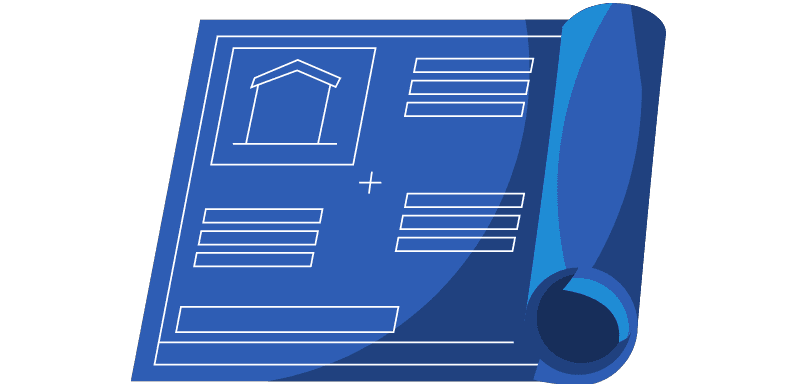
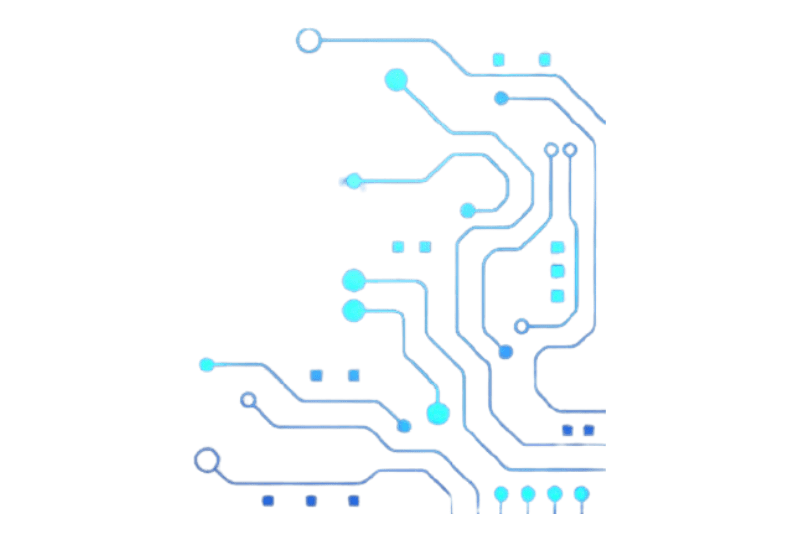
The Report Management System for Patients was developed using the following technologies:
Programming Languages: Python, JavaScript
Frameworks: Django (Python-based web framework), React (JavaScript library for user interfaces)
Database: PostgreSQL (Relational database management system)
Cloud Services: Amazon Web Services (AWS) for hosting and data storage
The problem addressed by the Report Management System for Patients was the inefficiency and error-prone nature of manual report management in healthcare facilities. The lack of a centralized system resulted in delays, misplaced reports, and difficulty in accessing patient information promptly.

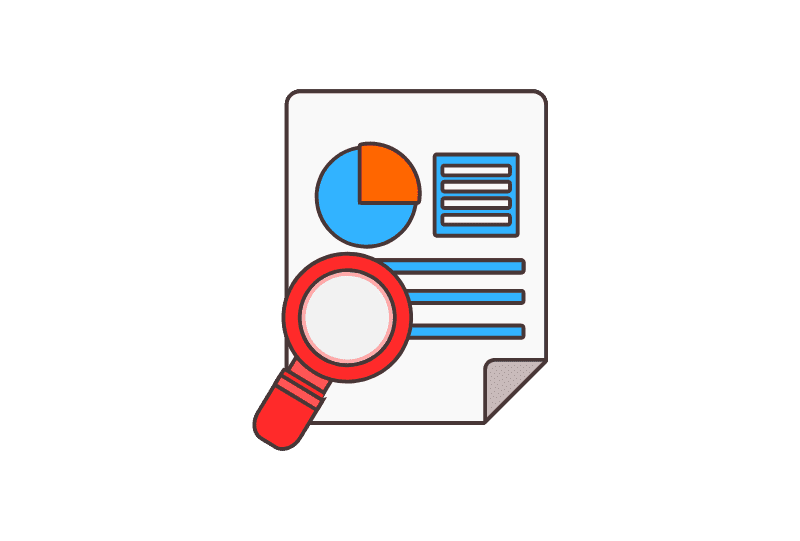
A feasibility study was conducted to evaluate the viability of developing a report management system. The study assessed technical requirements, financial implications, legal considerations, and the potential benefits of implementing such a system.
The Report Management System for Patients was implemented based on the findings of the feasibility study. The system aimed to automate and streamline the management of patient reports, providing healthcare professionals with a user-friendly interface for report generation, storage, search, and retrieval.
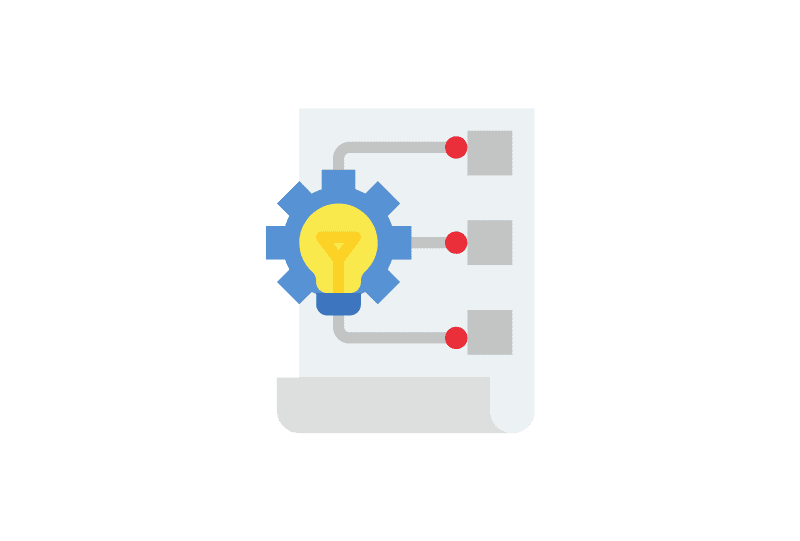
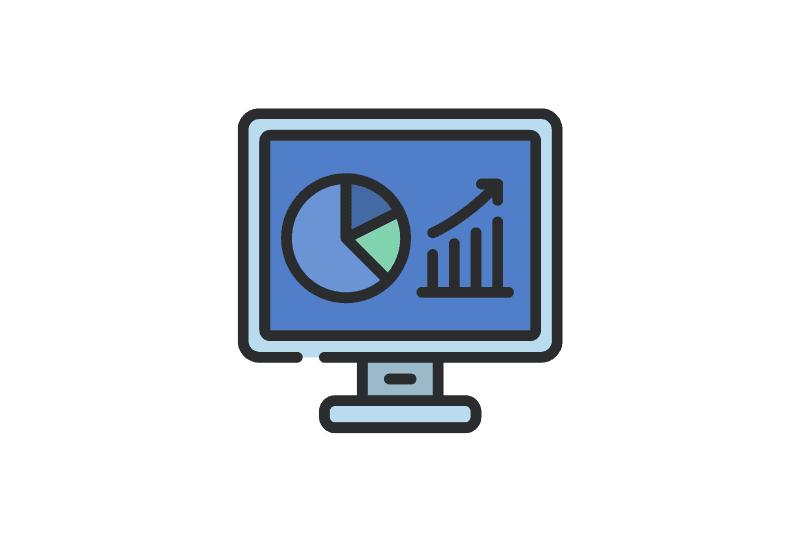
A comprehensive analysis of existing report management systems in the healthcare industry was conducted. This analysis helped identify the strengths and weaknesses of competitor solutions, allowing the development team to incorporate innovative features and provide a unique value proposition.
The implementation of the system faced several challenges, including ensuring data security and privacy, integrating with different EHR systems, handling large volumes of data, and supporting various file formats. Overcoming these challenges required careful planning, collaboration with stakeholders, and adherence to industry standards and regulations.
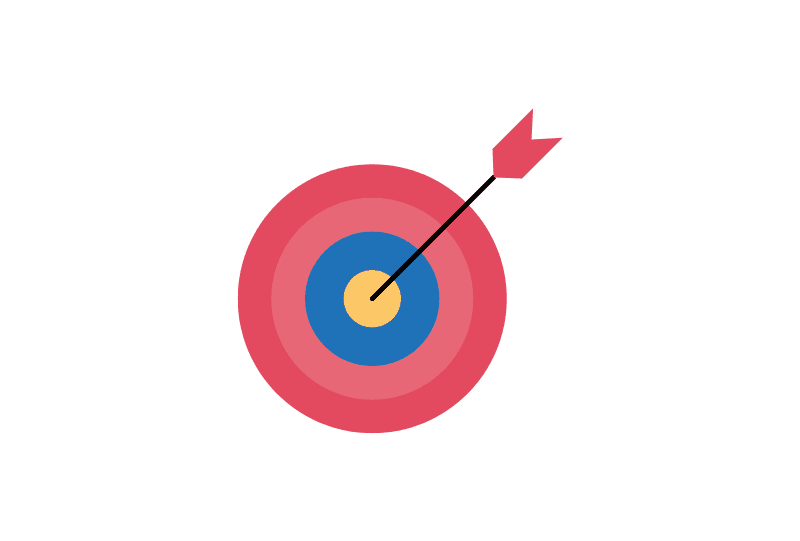
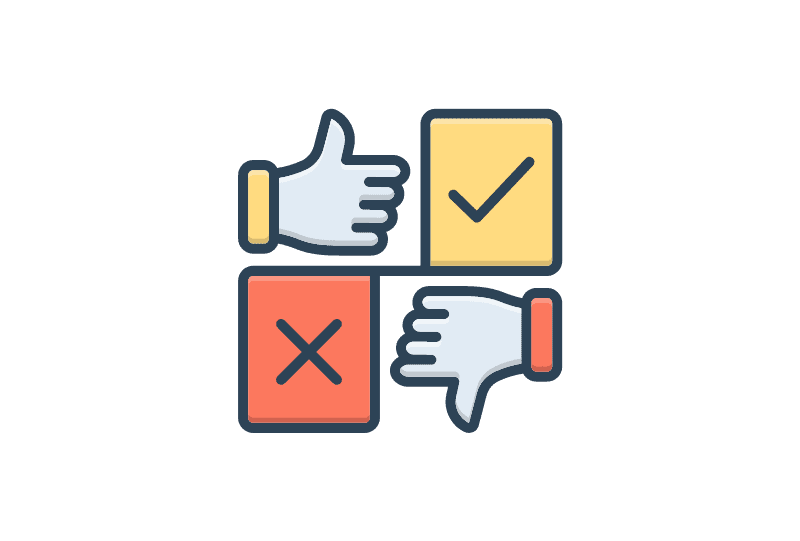
The final outcome of the project was a highly efficient and user-friendly Report Management System for Patients. The system streamlined the process of managing patient reports, improving the efficiency and accuracy of healthcare facilities. It provided healthcare professionals with quick access to patient reports, facilitating timely diagnoses and treatment decisions. Additionally, the system enhanced data security and privacy, ensuring compliance with regulatory requirements and safeguarding patient information.